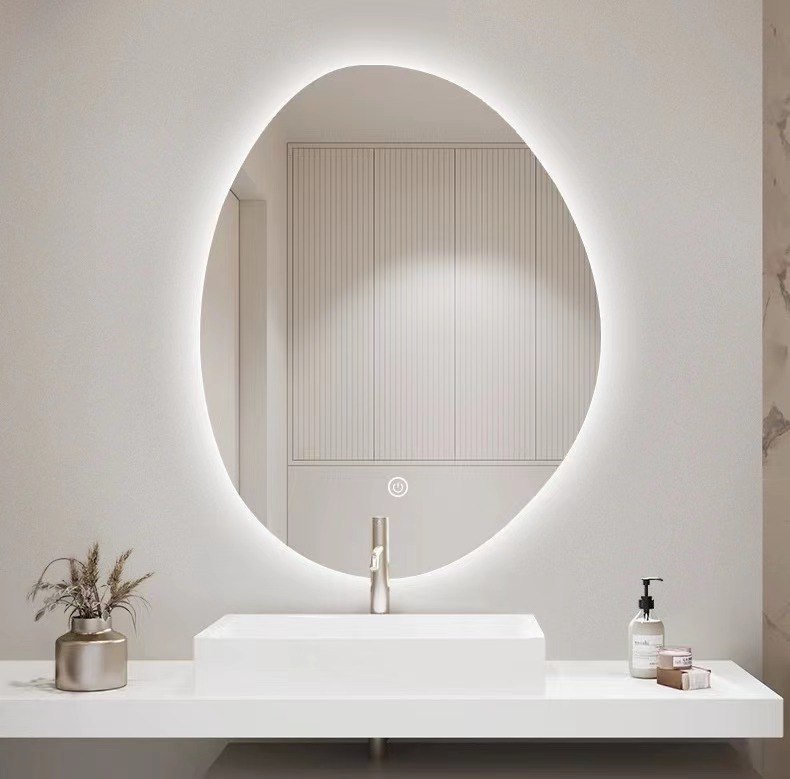

Exploring the Benefits of Low-E3 Glass in Modern Architecture
In the world of architectural design and construction, the choice of materials plays a crucial role in enhancing building performance, sustainability, and aesthetic appeal. One of the materials that has gained significant attention in recent years is Low-E3 glass. This advanced glazing technology is particularly designed to optimize energy efficiency and comfort in residential and commercial buildings.
Exploring the Benefits of Low-E3 Glass in Modern Architecture
One of the primary advantages of Low-E3 glass is its ability to enhance energy efficiency in buildings. During the summer months, the glass reflects radiant heat, keeping interiors cooler without over-relying on air conditioning. Conversely, in the winter, it retains heat, contributing to a warmer indoor environment. This dual capability allows buildings to achieve a more balanced temperature throughout the year, leading to reduced reliance on HVAC systems and, consequently, lower energy bills.

Moreover, Low-E3 glass plays a significant role in improving the overall comfort of indoor spaces. By minimizing glare and maximizing natural light, it creates a pleasant atmosphere for occupants. Natural light has been shown to boost productivity, mood, and well-being, making Low-E3 glass an excellent choice for workplaces, schools, and homes alike. Its ability to filter harmful UV rays also helps protect furnishings, flooring, and artwork from fading and deterioration, ensuring that interiors remain vibrant for longer.
Sustainability is another key aspect where Low-E3 glass shines brightly. By reducing energy consumption, it contributes to lower carbon footprints and helps fight climate change. Moreover, many manufacturers of Low-E3 glass adhere to sustainable production practices, ensuring that the glass is manufactured with eco-friendly materials and processes.
In conclusion, Low-E3 glass represents an innovative solution for modern architecture, offering a range of benefits from energy efficiency to aesthetic appeal. As more architects and builders prioritize sustainability and comfort, the demand for Low-E3 glass is likely to grow. Incorporating this advanced glazing technology into new constructions and renovations not only aligns with green building standards but also enhances the quality of life for building occupants, making it a smart choice for the future.